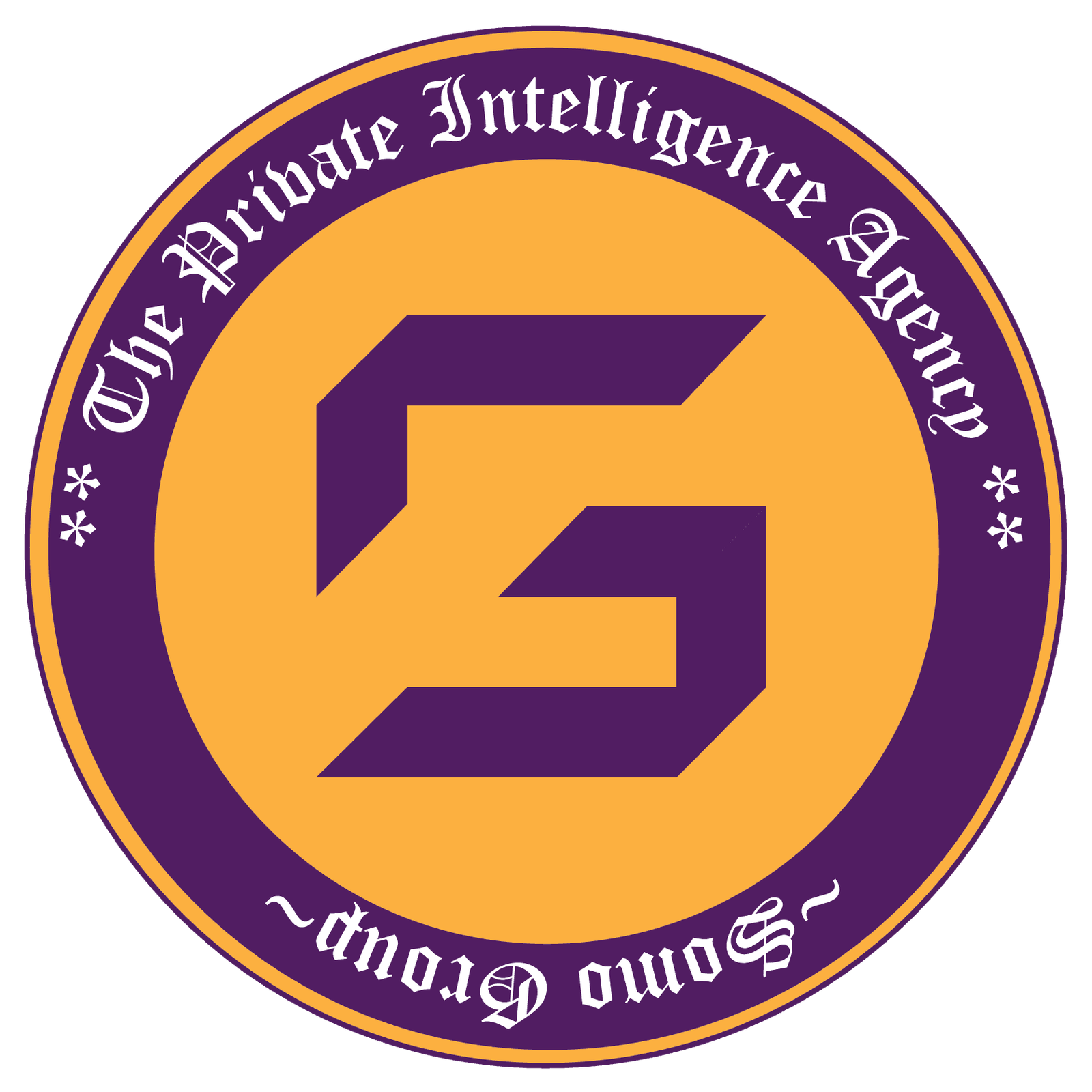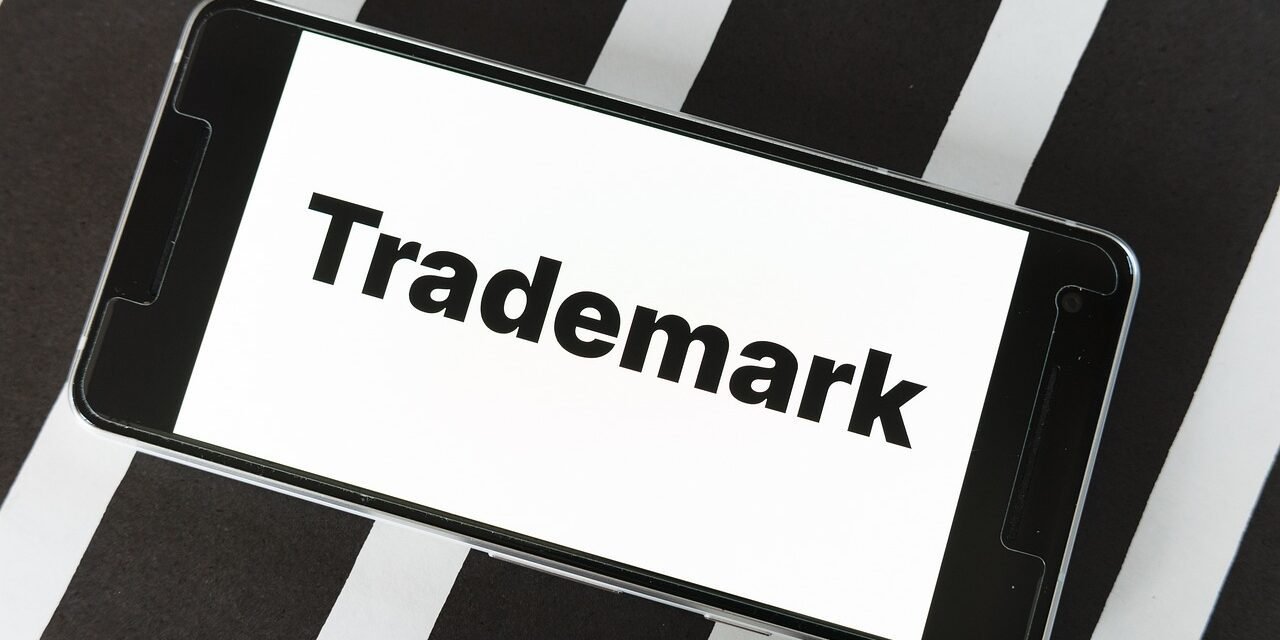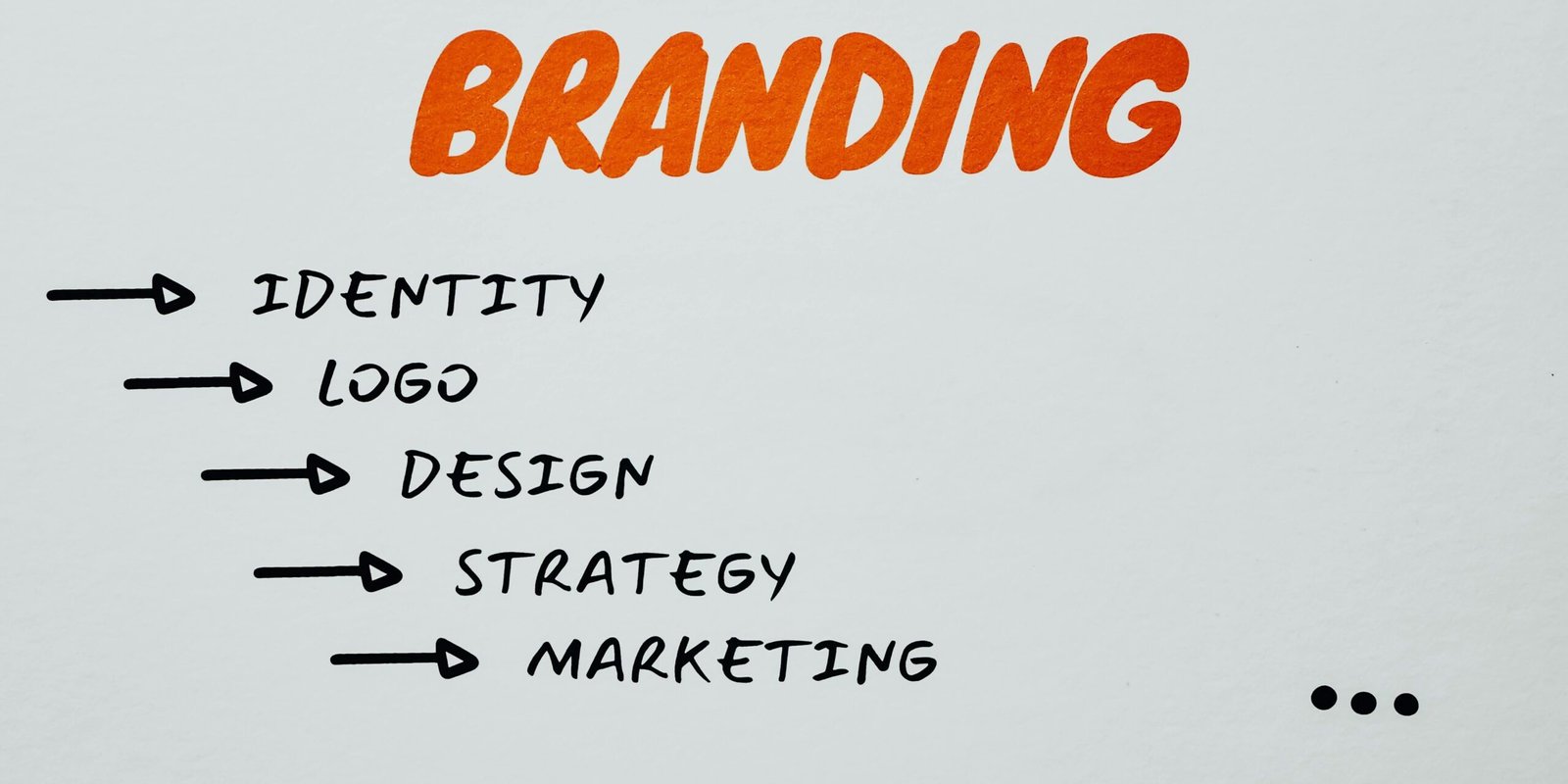Employee Misconduct Investigation: A Comprehensive Guide
Employee misconduct can significantly impact an organization’s productivity, morale, and reputation. Addressing allegations of misconduct promptly and effectively is crucial to maintaining a healthy workplace environment. This article provides a detailed guide on conducting an employee misconduct investigation, from initial suspicion to resolution, ensuring that the process is fair, thorough, and compliant with legal requirements.
Understanding Employee Misconduct
What Constitutes Employee Misconduct?
Employee misconduct refers to inappropriate or unethical behavior that violates workplace policies, standards, or laws. Examples of misconduct include:
- Harassment and Discrimination: Unwanted behavior based on race, gender, age, religion, or other protected characteristics.
- Theft and Fraud: Unauthorized taking or misuse of company assets or falsifying records for personal gain.
- Substance Abuse: Using drugs or alcohol on company premises or being under the influence while working.
- Violence and Threats: Physical aggression or verbal threats toward colleagues or customers.
- Violation of Company Policies: Breaching organizational rules, such as timekeeping, confidentiality, or safety regulations.
The Importance of Addressing Misconduct
Addressing misconduct is vital for several reasons:
- Maintaining a Positive Workplace: Ensures a safe and respectful environment for all employees.
- Legal Compliance: Helps the organization comply with labor laws and avoid legal consequences.
- Protecting Reputation: Prevents damage to the company’s public image and trust with stakeholders.
- Enhancing Productivity: Reduces disruptions and maintains focus on organizational goals.
Steps for Conducting an Employee Misconduct Investigation
- Establish a Clear Policy
Before any investigation begins, it is essential to have a clear policy outlining the process for handling misconduct allegations. This policy should include:
- Definition of Misconduct: Clear examples of behaviors considered misconduct.
- Reporting Procedures: Steps for employees to report suspected misconduct confidentially.
- Investigation Protocols: Procedures for conducting investigations, including roles and responsibilities.
- Disciplinary Actions: Potential consequences for confirmed misconduct.
- Receive and Assess the Complaint
When a complaint is received, assess its validity and seriousness. Consider the following:
- Source of the Complaint: Who reported the misconduct? Is it a reliable source?
- Details of the Allegation: What specific behavior is being alleged? Are there dates, times, and locations provided?
- Immediate Risks: Does the alleged misconduct pose any immediate risk to employees or the organization?
- Plan the Investigation
Once a decision is made to proceed with an investigation, planning is crucial:
- Assign Investigators: Choose impartial and trained investigators to ensure a fair process.
- Gather Resources: Collect any relevant documents, such as company policies, employment records, and communication logs.
- Develop a Timeline: Set a realistic timeline for the investigation, including key milestones and deadlines.
- Conduct Interviews
Interviews are a vital part of the investigation. They help gather firsthand information from those involved and any witnesses.
- Interview the Complainant: Start with the person who reported the misconduct. Clarify details and gather additional information.
- Interview the Accused: Allow the accused employee to respond to the allegations. Ensure they understand the nature of the complaint and their rights.
- Interview Witnesses: Speak to any witnesses who may have relevant information. Ensure confidentiality and encourage honesty.
- Collect Evidence
Gather all pertinent evidence to support the investigation:
- Documentary Evidence: Emails, memos, time logs, financial records, and other relevant documents.
- Physical Evidence: Any physical items related to the allegation, such as security footage or computer files.
- Testimonial Evidence: Statements from interviews, documented and signed by the individuals involved.
- Analyze the Findings
Carefully review all the collected evidence and interview notes. Look for consistencies and discrepancies in the information provided:
- Corroborate Evidence: Identify pieces of evidence that support or contradict the allegations.
- Assess Credibility: Evaluate the reliability and credibility of the witnesses and their statements.
- Determine Facts: Establish what can be proven based on the evidence and testimonies.
- Make a Decision
Based on the analysis, determine whether the misconduct allegations are substantiated:
- Substantiated Allegations: If the evidence supports the allegations, decide on appropriate disciplinary actions in line with company policy.
- Unsubstantiated Allegations: If there is insufficient evidence to support the allegations, document the findings and inform the involved parties.
- Document the Investigation
Maintain thorough documentation of every step in the investigation process:
- Investigation Report: Prepare a detailed report summarizing the complaint, investigation process, evidence, findings, and conclusions.
- Confidentiality: Ensure all documents are stored securely and access is restricted to authorized personnel.
- Communicate the Outcome
Inform the involved parties of the investigation’s outcome:
- The Complainant: Provide a summary of the findings and any actions taken, while maintaining confidentiality.
- The Accused: Clearly explain the outcome and any disciplinary actions. Provide guidance on their rights and next steps.
- Witnesses: Thank them for their cooperation and inform them that the investigation is concluded.
- Implement Corrective Actions
If misconduct is confirmed, take appropriate corrective actions:
- Disciplinary Measures: Implement disciplinary actions as outlined in company policy, such as warnings, suspension, or termination.
- Policy Review: Review and update company policies and procedures to prevent similar issues in the future.
- Training and Education: Provide additional training and resources to employees to reinforce expected behaviors and standards.
- Monitor and Follow Up
After implementing corrective actions, continue to monitor the situation:
- Check-in with Affected Parties: Ensure the complainant and other affected employees feel supported and safe.
- Review the Work Environment: Assess if the workplace culture or environment needs improvement to prevent future misconduct.
- Regular Updates: Provide regular updates to management and HR on the status of the situation and any ongoing measures.
Legal and Ethical Considerations
Legal Compliance
Ensure the investigation complies with relevant labor laws and regulations:
- Employee Rights: Respect the rights of both the complainant and the accused throughout the investigation.
- Confidentiality: Maintain confidentiality to protect the privacy of all parties involved.
- Non-Retaliation: Protect employees from retaliation for reporting misconduct or participating in the investigation.
Ethical Conduct
Conduct the investigation ethically and fairly:
- Impartiality: Ensure investigators are impartial and have no conflict of interest.
- Transparency: Be transparent about the investigation process while maintaining confidentiality.
- Integrity: Act with integrity, honesty, and respect for all individuals involved.
Conclusion
Conducting an employee misconduct investigation is a complex but essential process for maintaining a positive and productive workplace. By following a structured approach, organizations can ensure that investigations are thorough, fair, and compliant with legal and ethical standards.
A well-conducted investigation not only addresses the immediate issue but also reinforces a culture of accountability and respect. For specialized assistance in handling employee misconduct investigations, organizations can turn to agencies like Somo Group Intelligence, which offer expert services and resources to navigate these challenging situations effectively.
- 220 views





